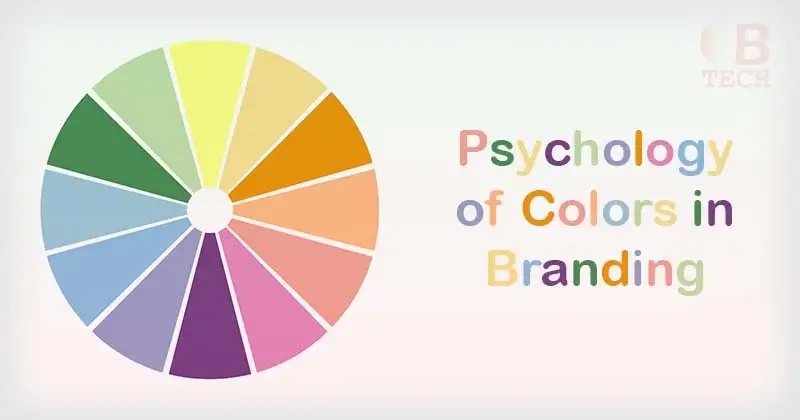Colors In Branding Explained
Color is not just a mere aesthetic choice in branding; it’s a pivotal element that plays an influential role in consumer perception and decision-making. This article delves into the psychology of color in branding and how different hues can subtly, yet significantly, influence consumer behavior.
Understanding the Psychology of Color
The study of colors as they influence behavior in people is known as color psychology. Colors have the power to evoke emotional responses, create atmospheres, and convey messages without the use of words. In the realm of branding, understanding color psychology is essential for creating a brand identity that resonates with the target audience and reinforces the brand’s messaging.
How Colors Influence Consumer Behavior?
Each color elicits specific psychological reactions, and understanding these can be a powerful tool in influencing consumer behavior:
- Red: Often associated with excitement, passion, and urgency, red is a color that can increase heart rate and create a sense of urgency. It’s frequently used in clearance sales and to attract impulsive buyers.
- Blue: Blue evokes feelings of trust, security, and stability. It’s often used by financial institutions and technology companies to convey reliability and trustworthiness.
- Green: Commonly associated with health, tranquility, and nature, green is used to promote environmental issues and organic products. It’s also believed to have a calming effect on consumers.
- Yellow: This color represents optimism and youthfulness. It is used to grab attention and create a sense of happiness and warmth.
- Orange: A blend of red’s passion and yellow’s cheerfulness, orange is seen as energetic and inviting. It’s often used to create a call to action, such as subscribe, buy, or sell.
- Purple: Known for representing luxury, royalty, and sophistication, purple is used by brands to denote premium quality and elegance.
- Black: Signifying power, luxury, and sophistication, black is often used in high-end product branding.
- White: Associated with purity, cleanliness, and simplicity, white is used to convey a minimalist and straightforward approach.
The Role of Cultural Differences
It’s important to note that color perception can vary significantly across different cultures. For instance, while white is associated with purity and weddings in Western cultures, it is the color of mourning in some Eastern cultures. Understanding cultural nuances in color perception is crucial for brands that operate in the global market.
Color Consistency Across Branding
Maintaining color consistency across various branding elements – from logos and packaging to websites and advertising – is vital. Consistency in color use helps in reinforcing brand recognition and aids in building consumer trust.
Color Trends in Branding
While it’s important to understand the psychology behind colors, it’s also essential to be aware of color trends in branding. However, trends should not overshadow the brand’s core identity and message. The choice of color should align with the brand’s values and the emotions it aims to evoke in its audience.
Conclusion
The psychology of color in branding is a powerful tool in influencing consumer behavior. The right choice of color can enhance brand recognition, establish emotional connection, and ultimately, influence purchasing decisions. Brands need to carefully consider their color palette, ensuring it aligns with their message, target audience, and cultural context. In the world of branding, the right color can make all the difference.



